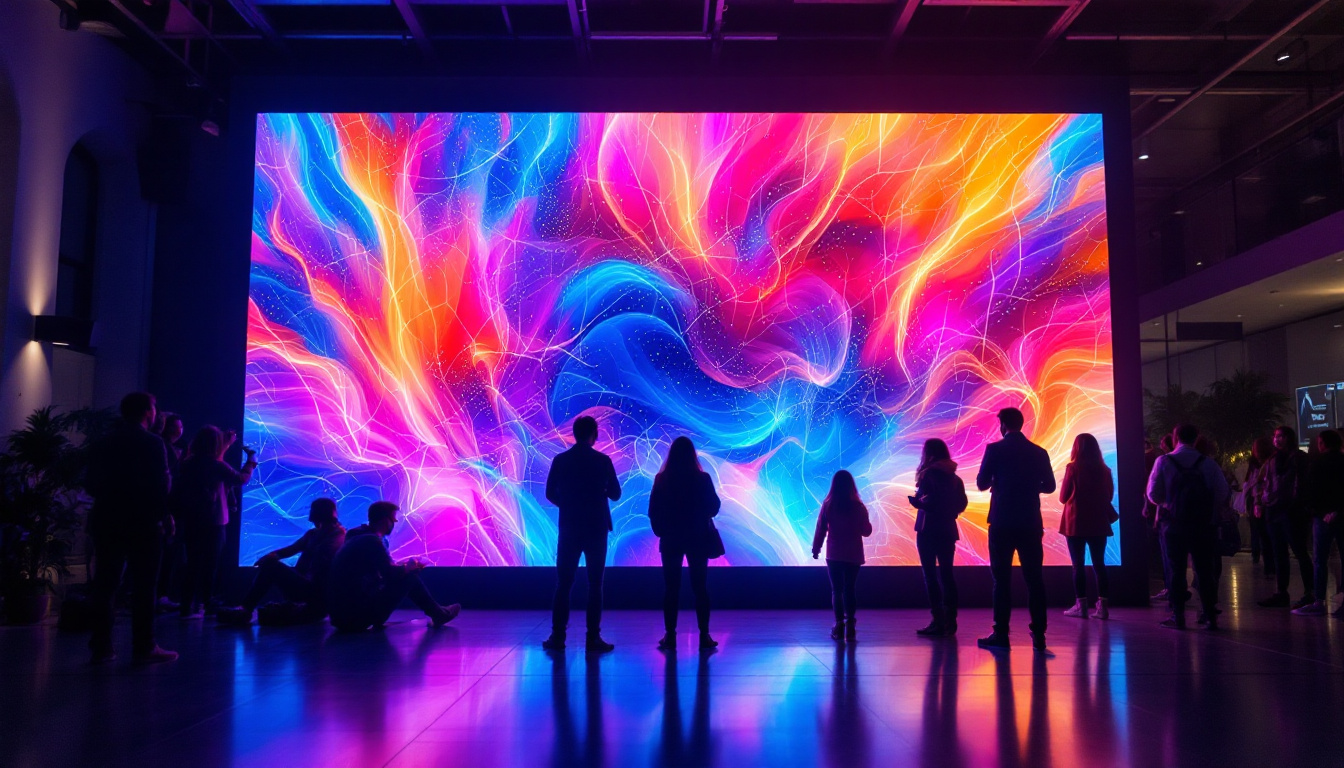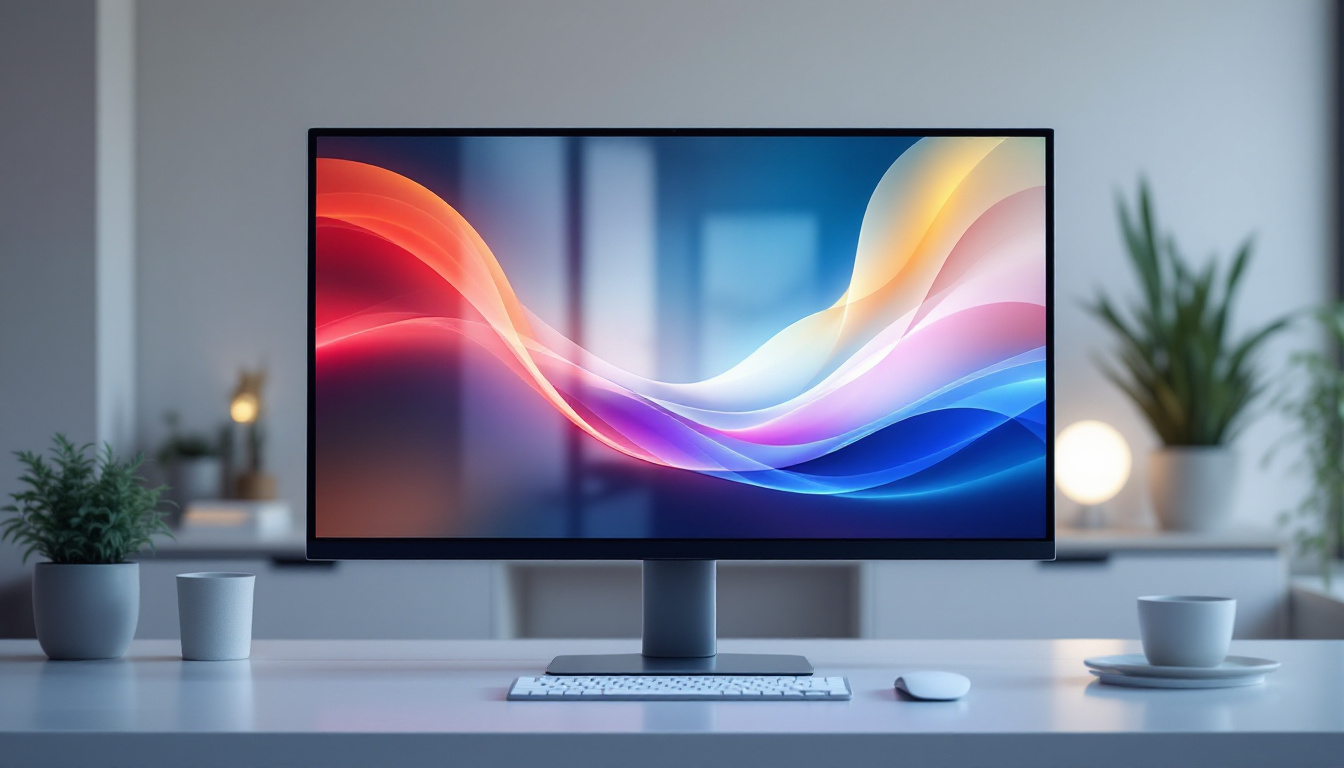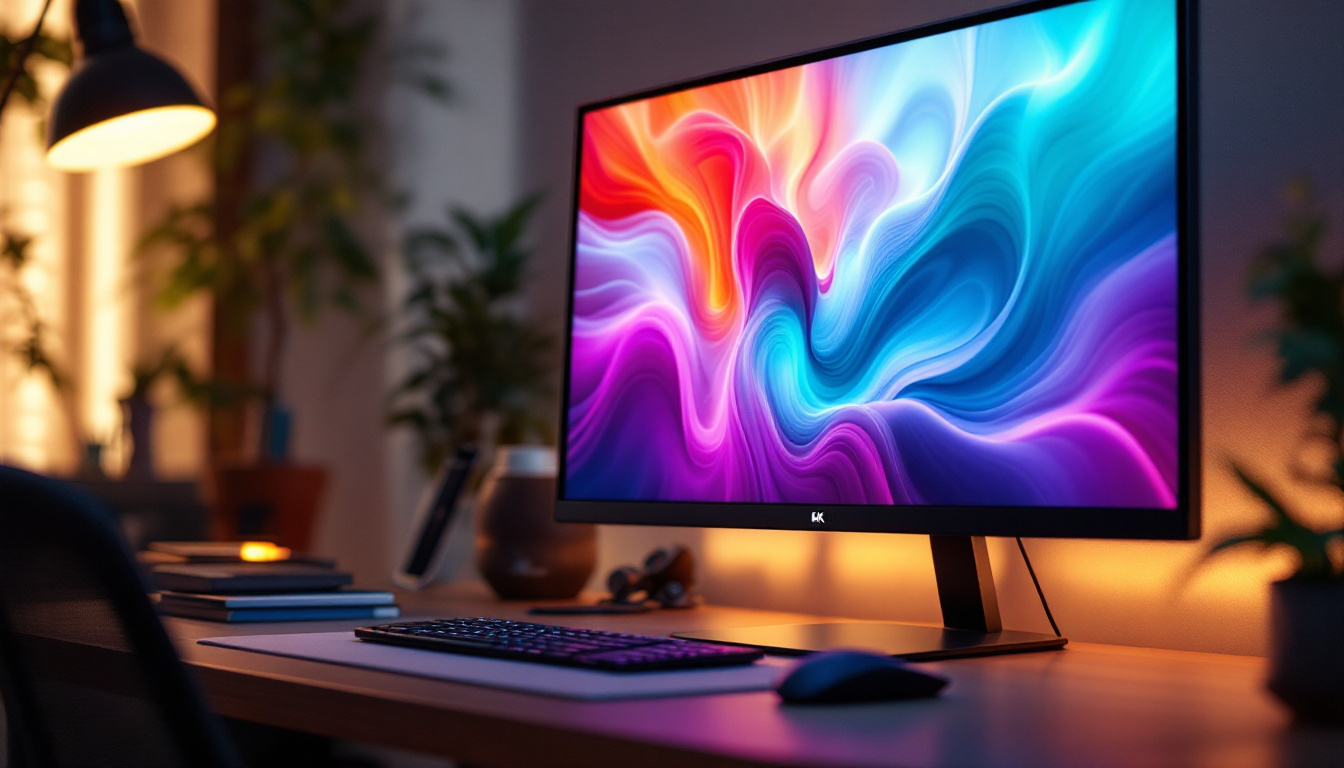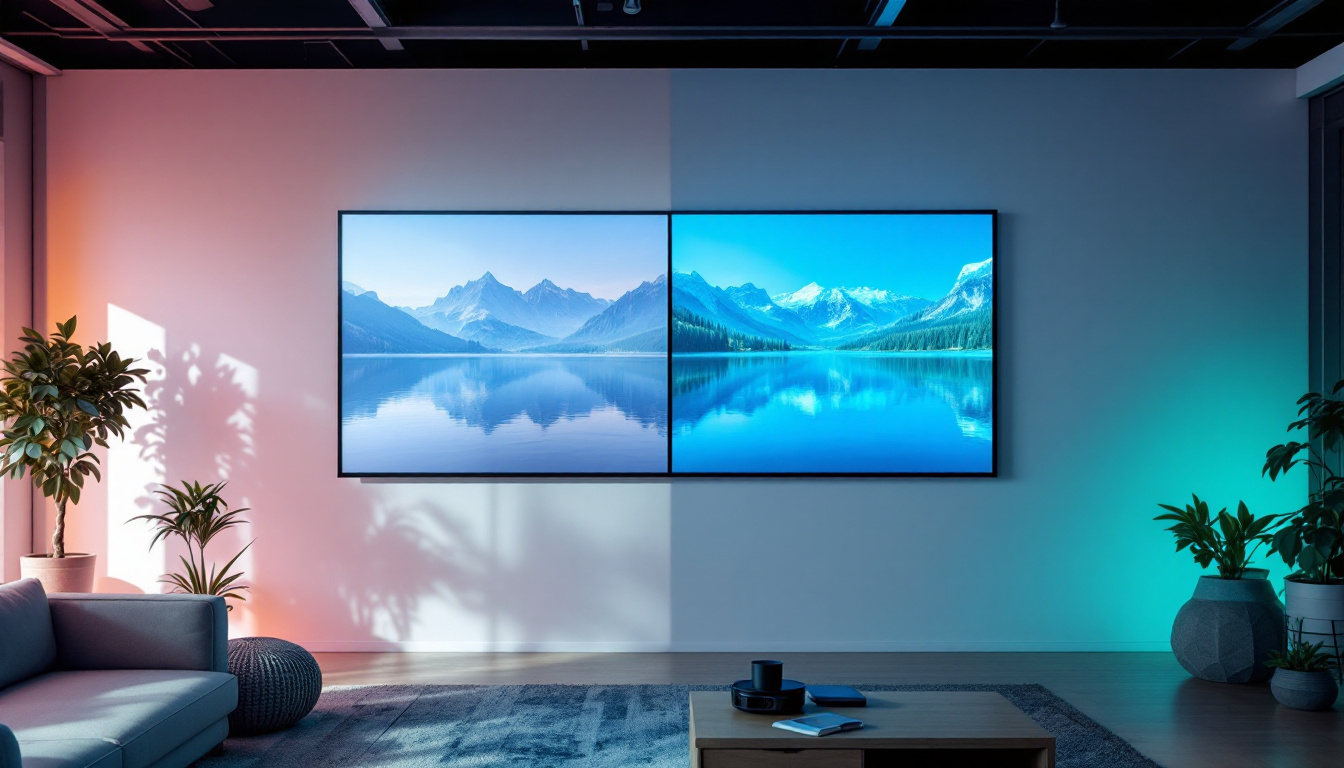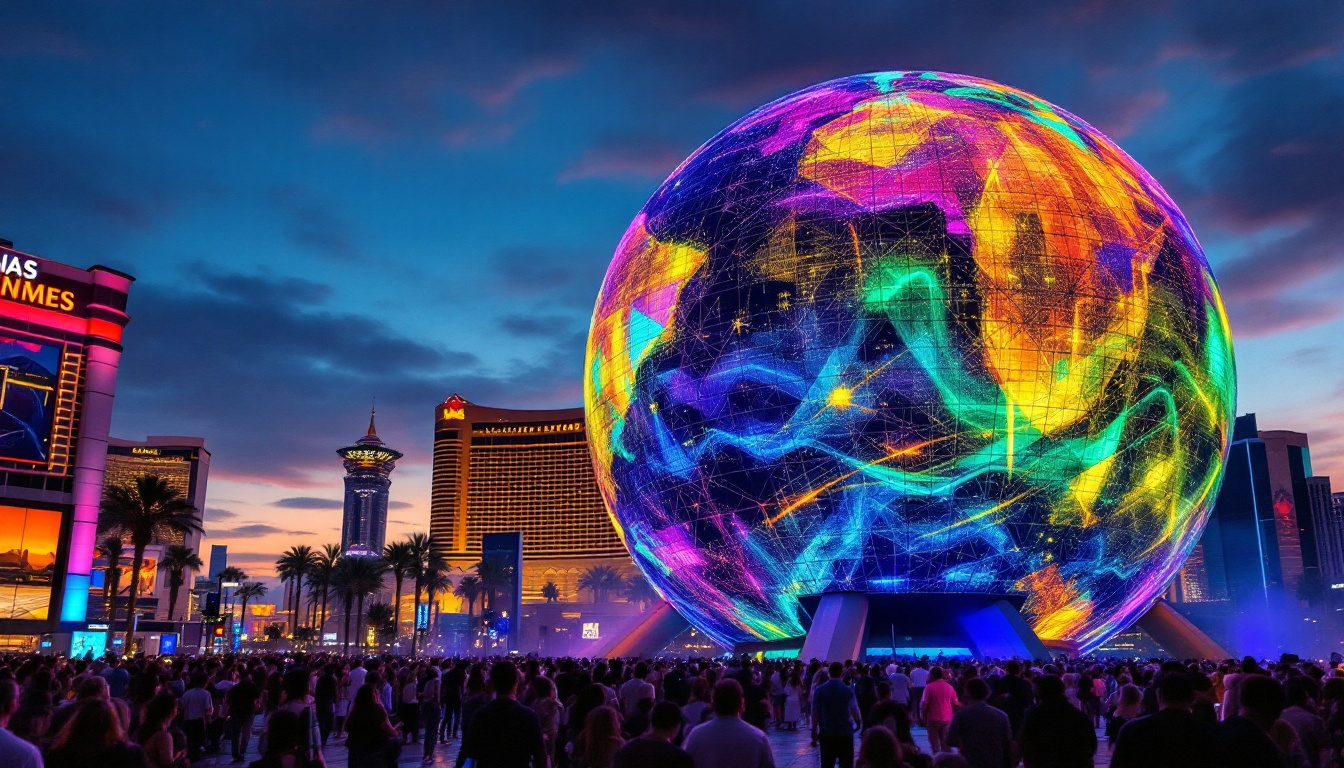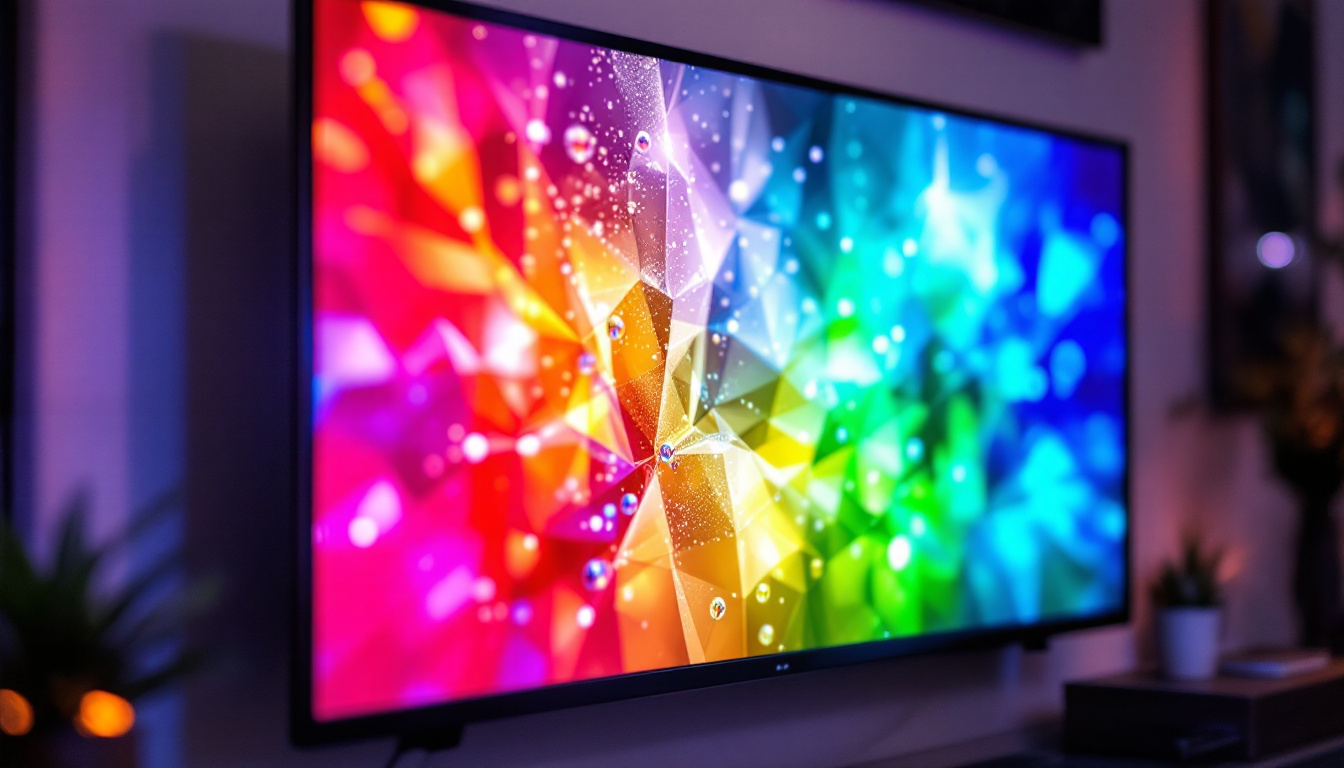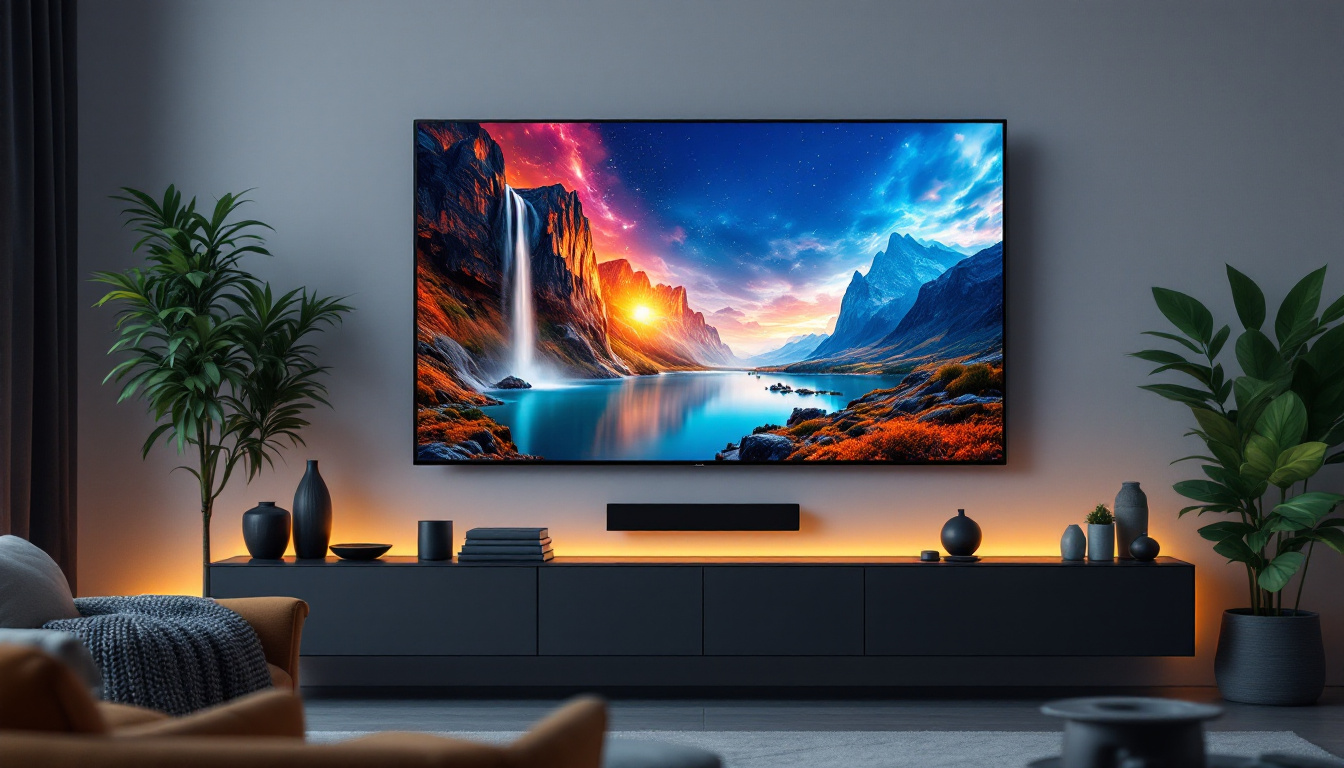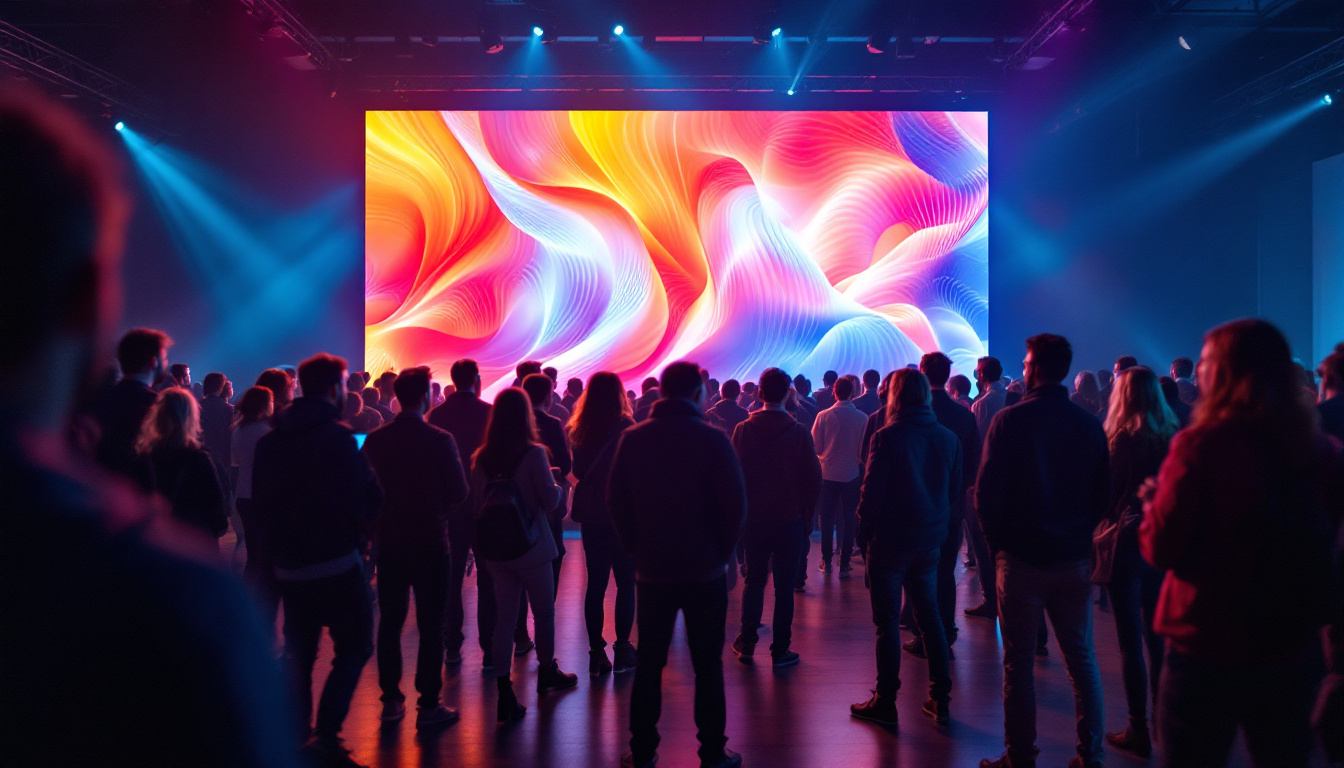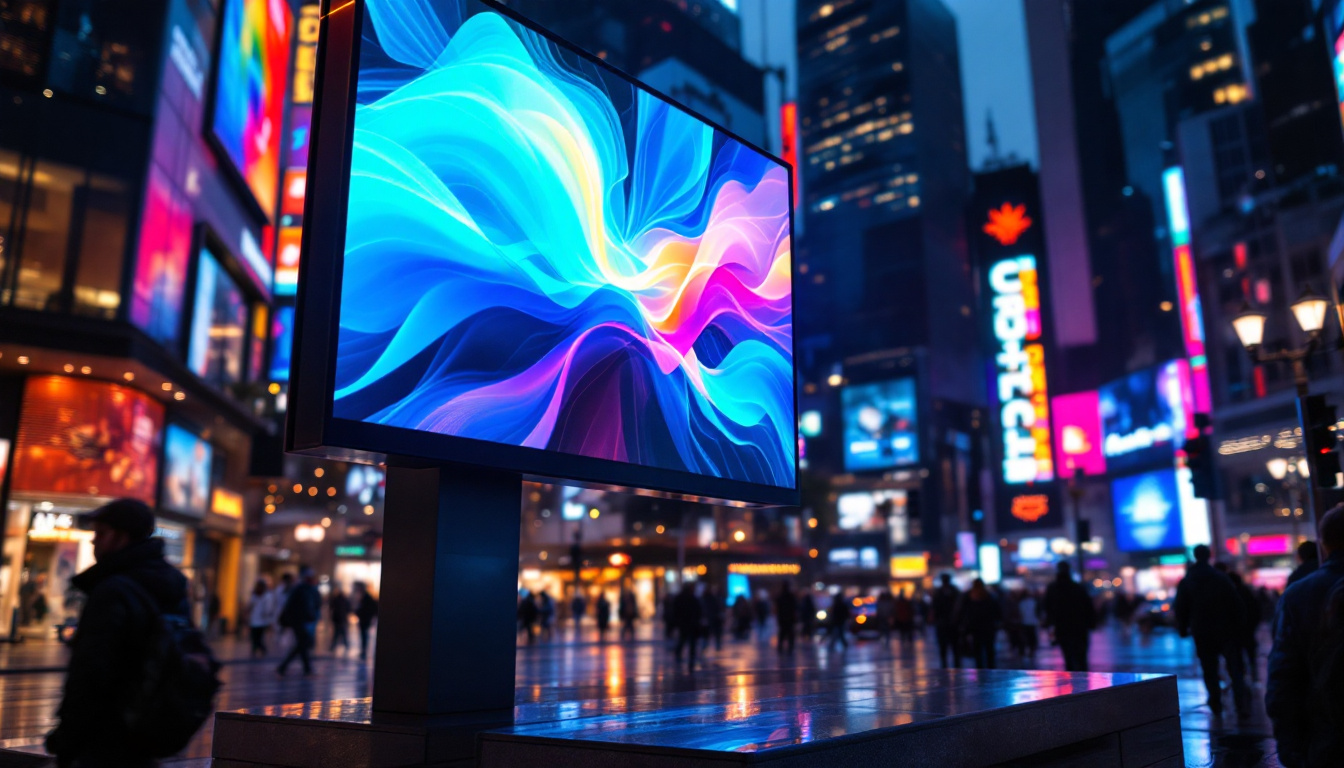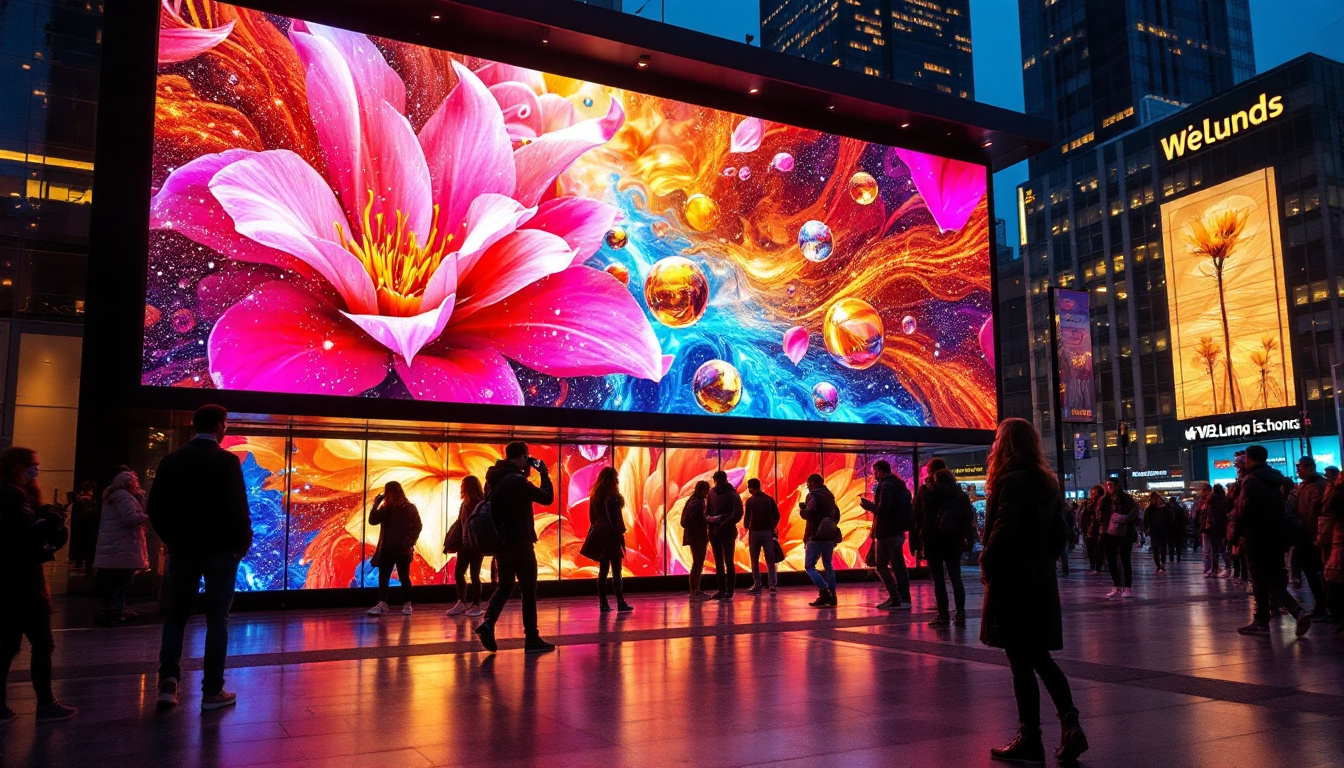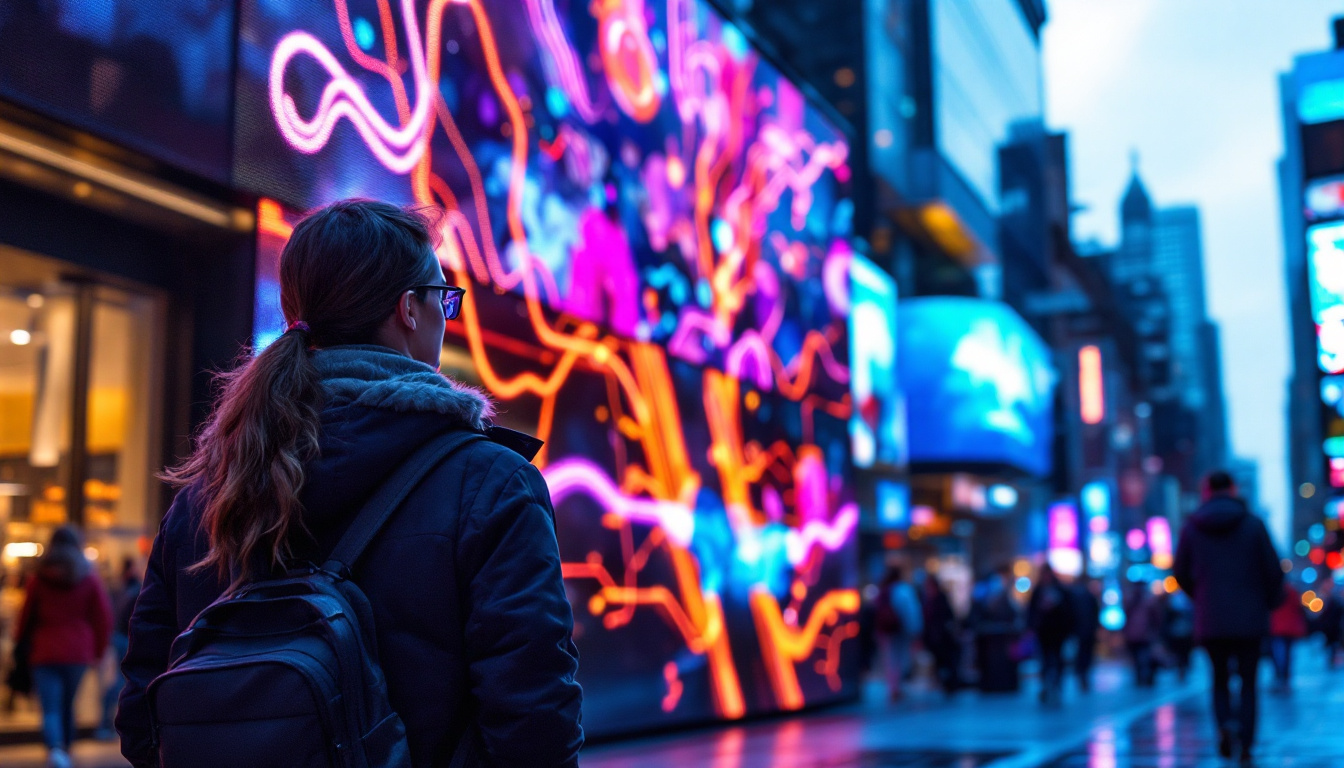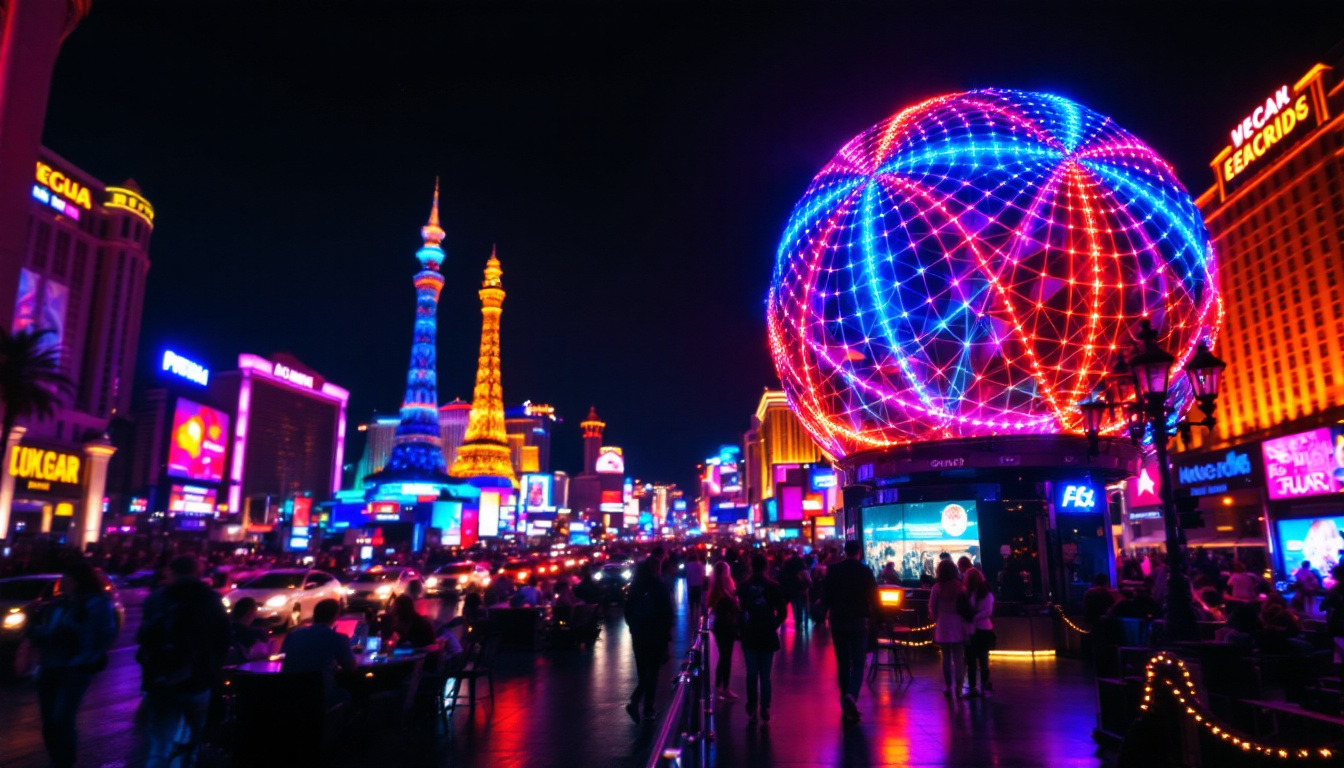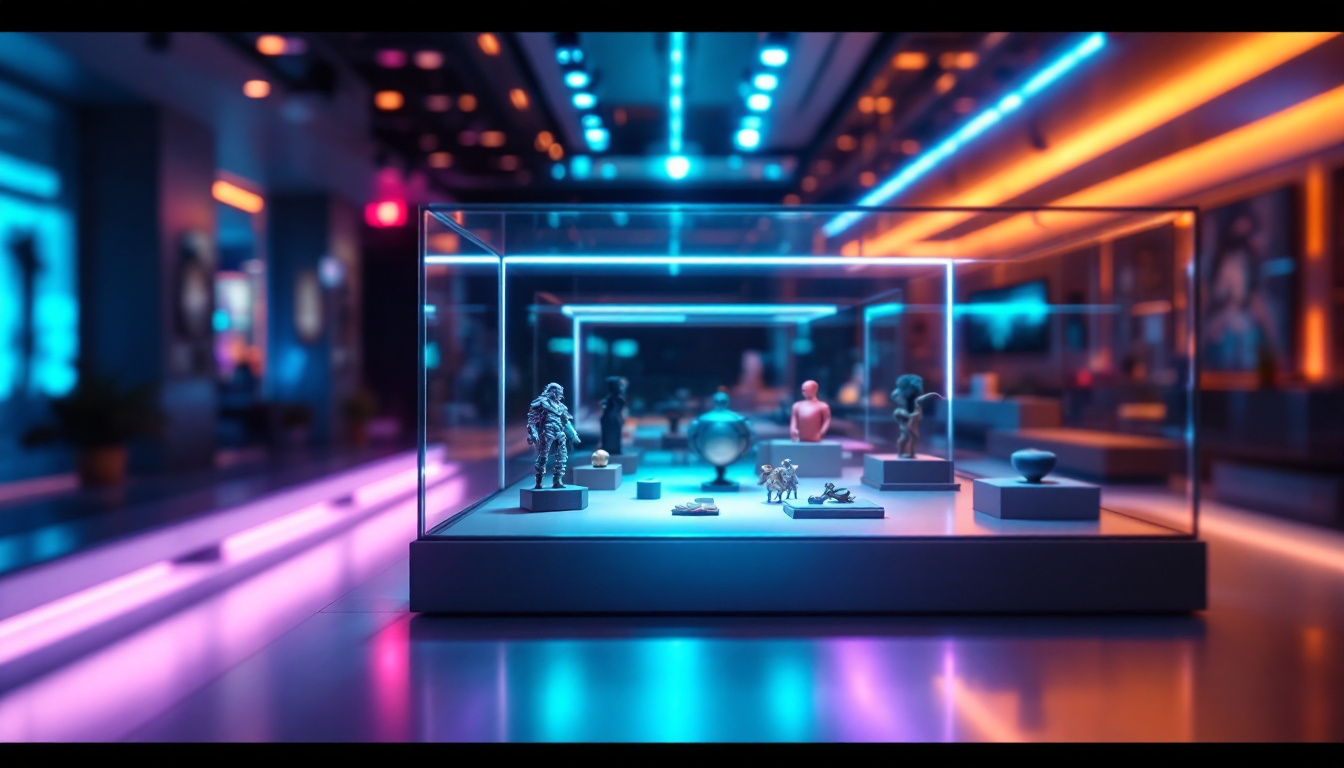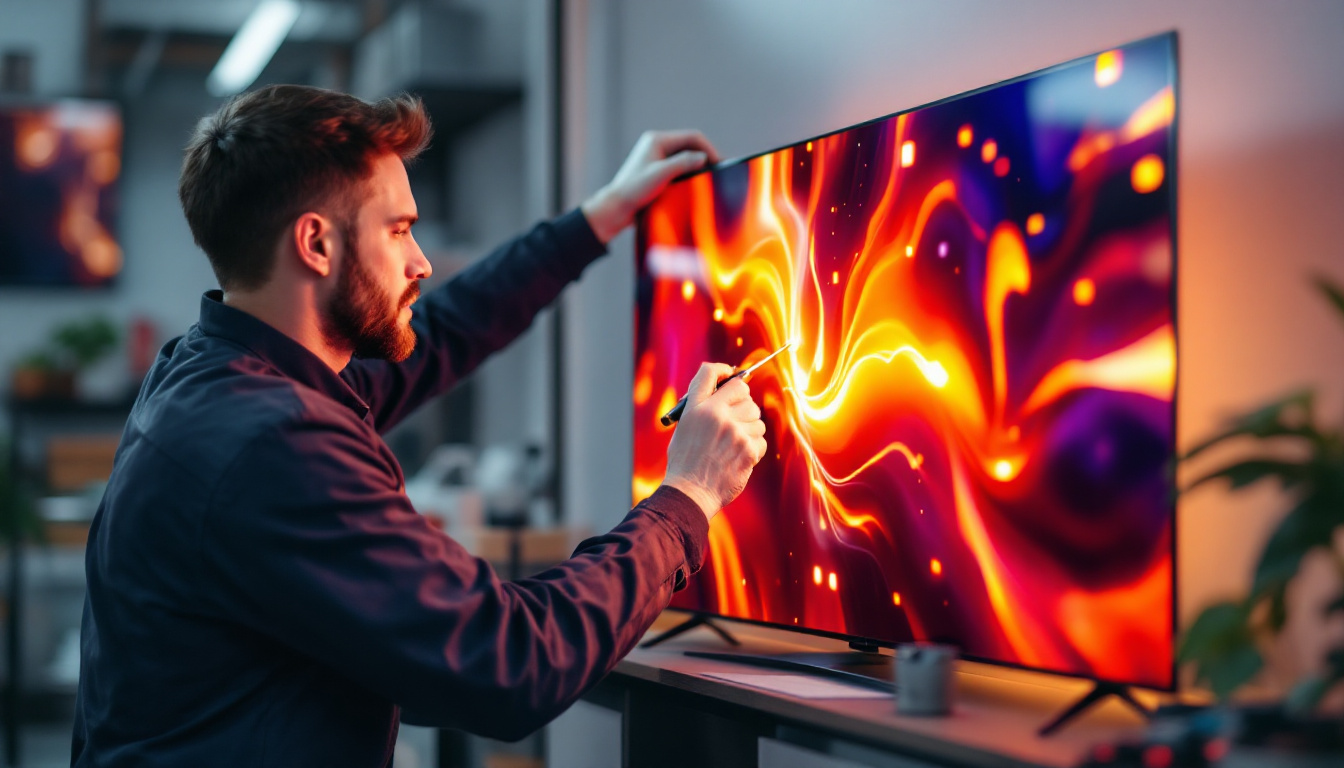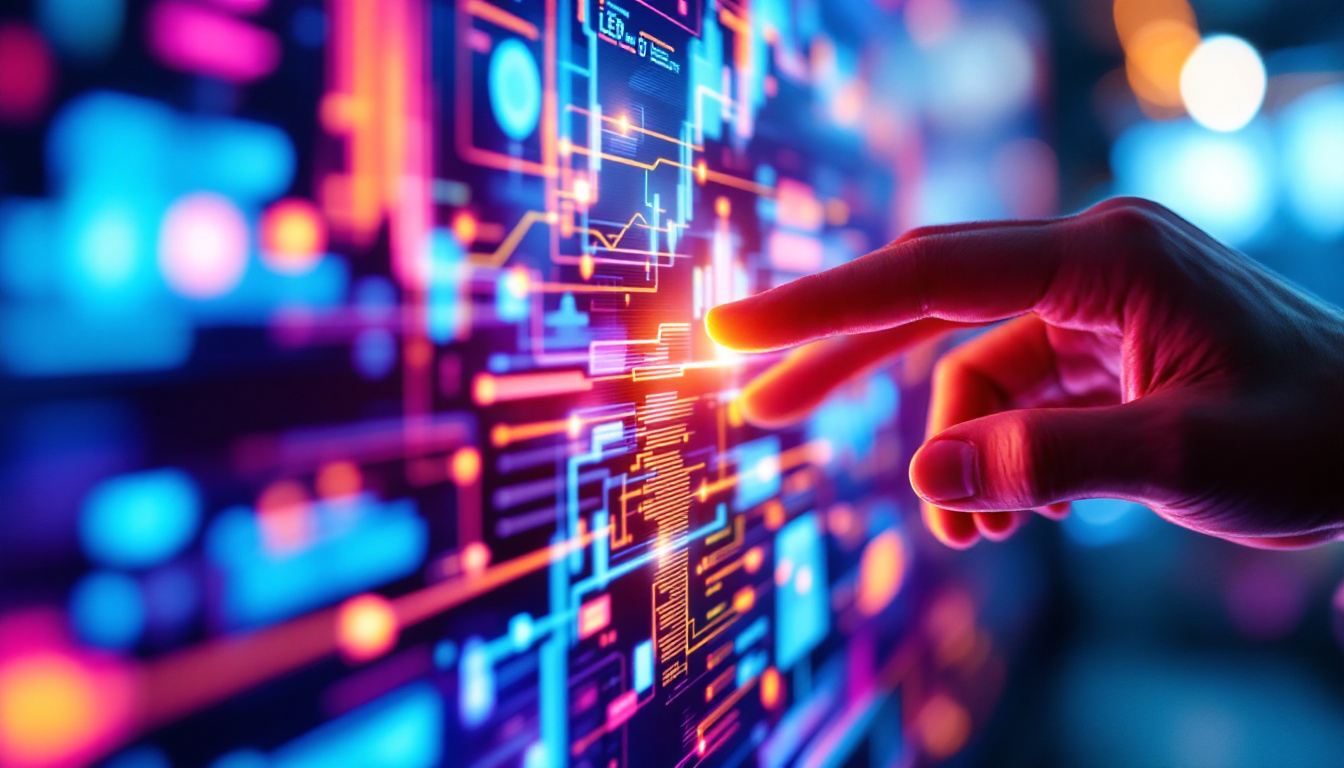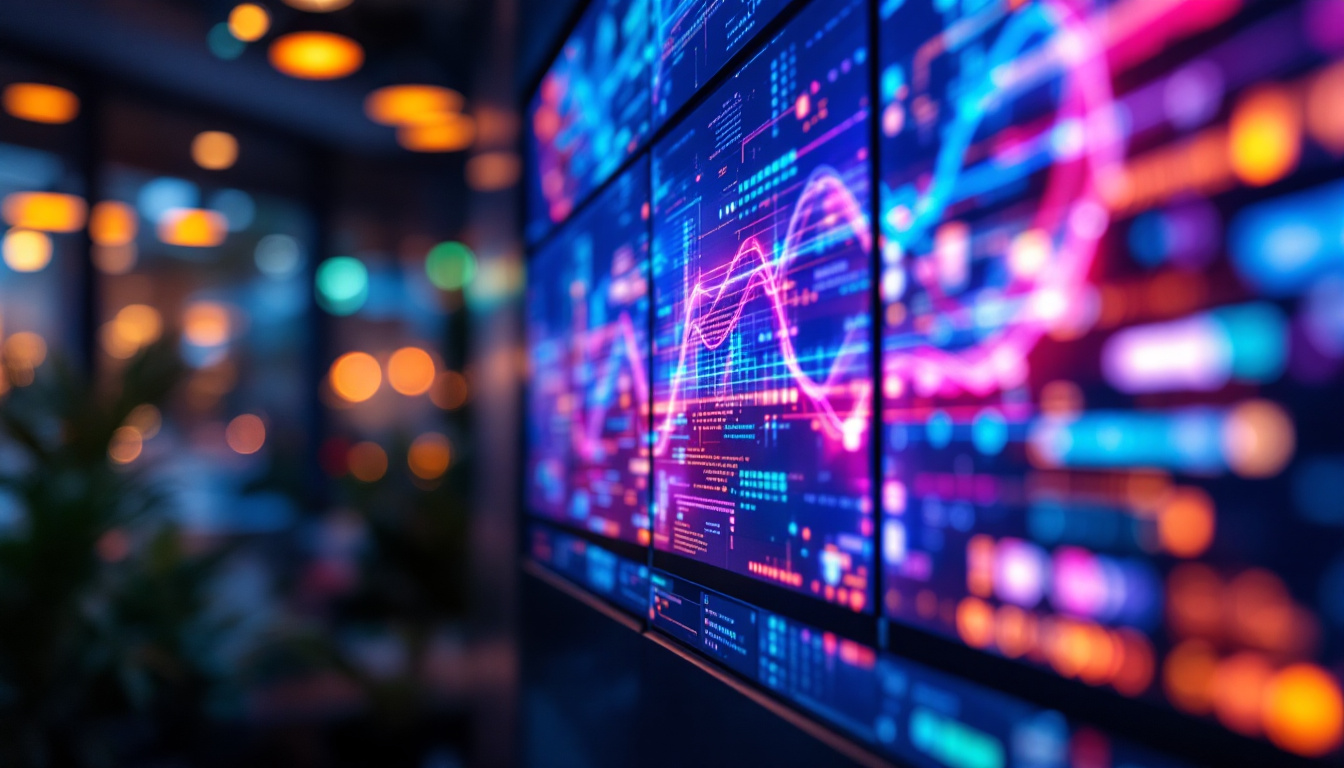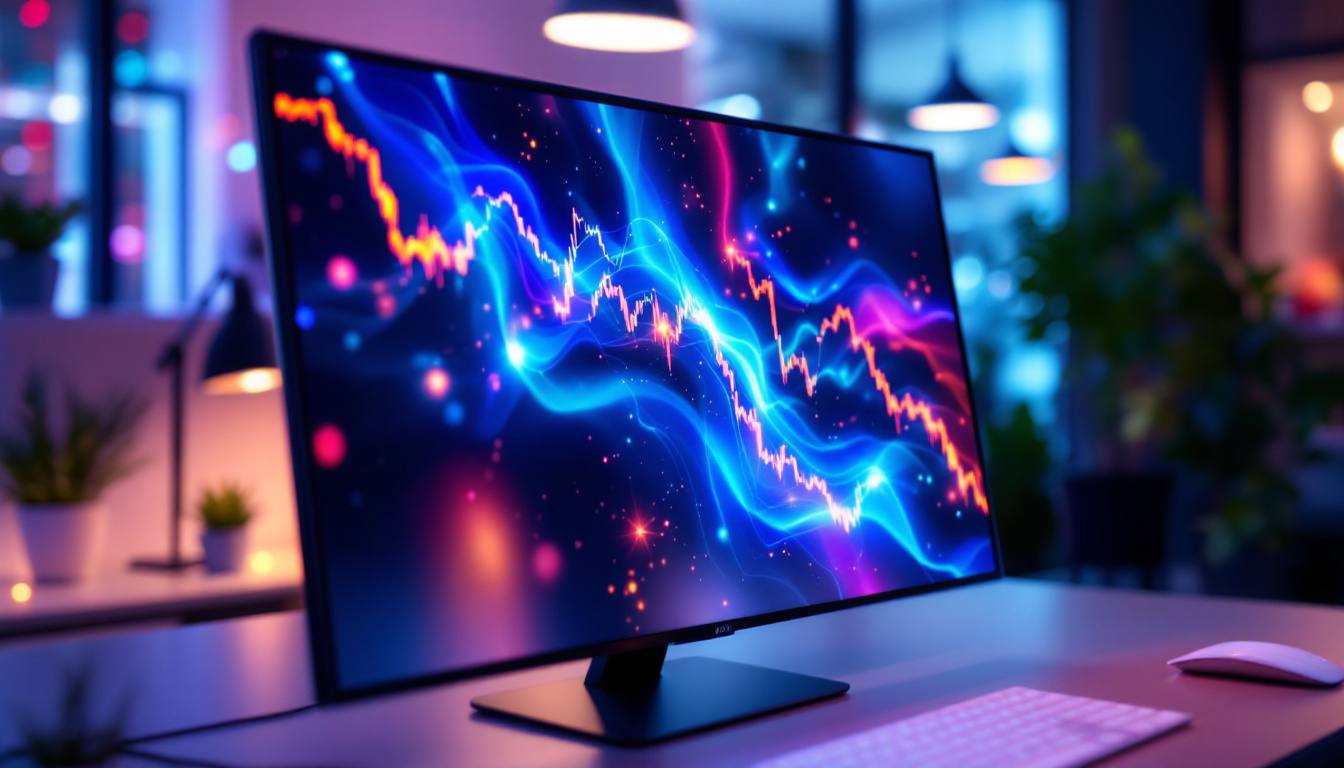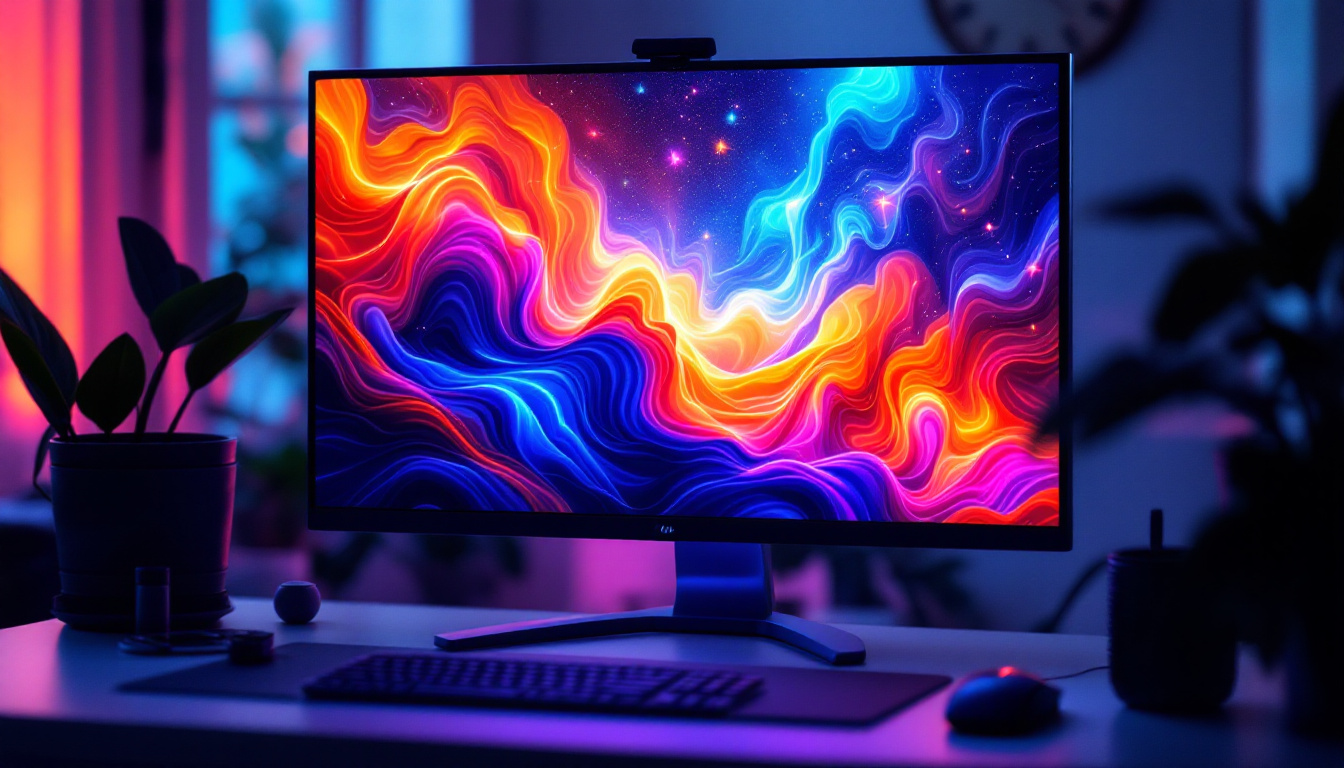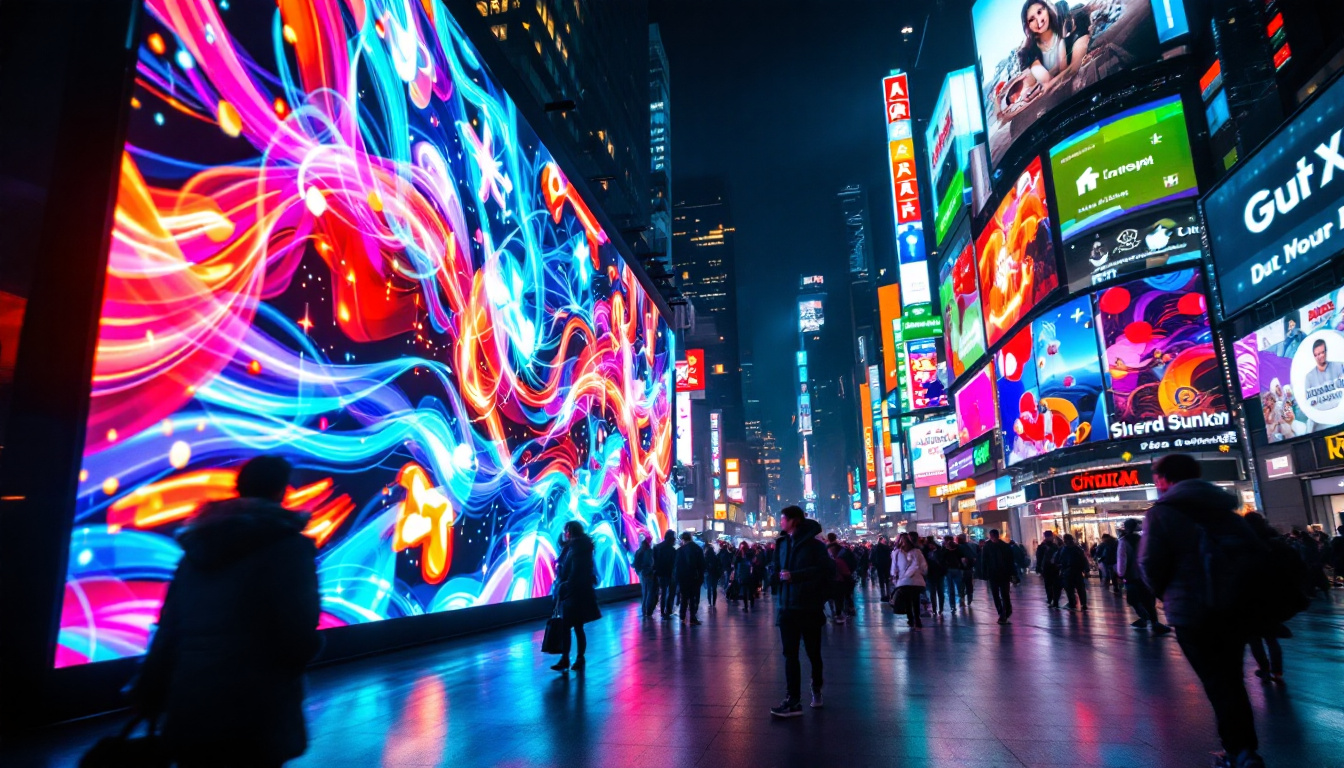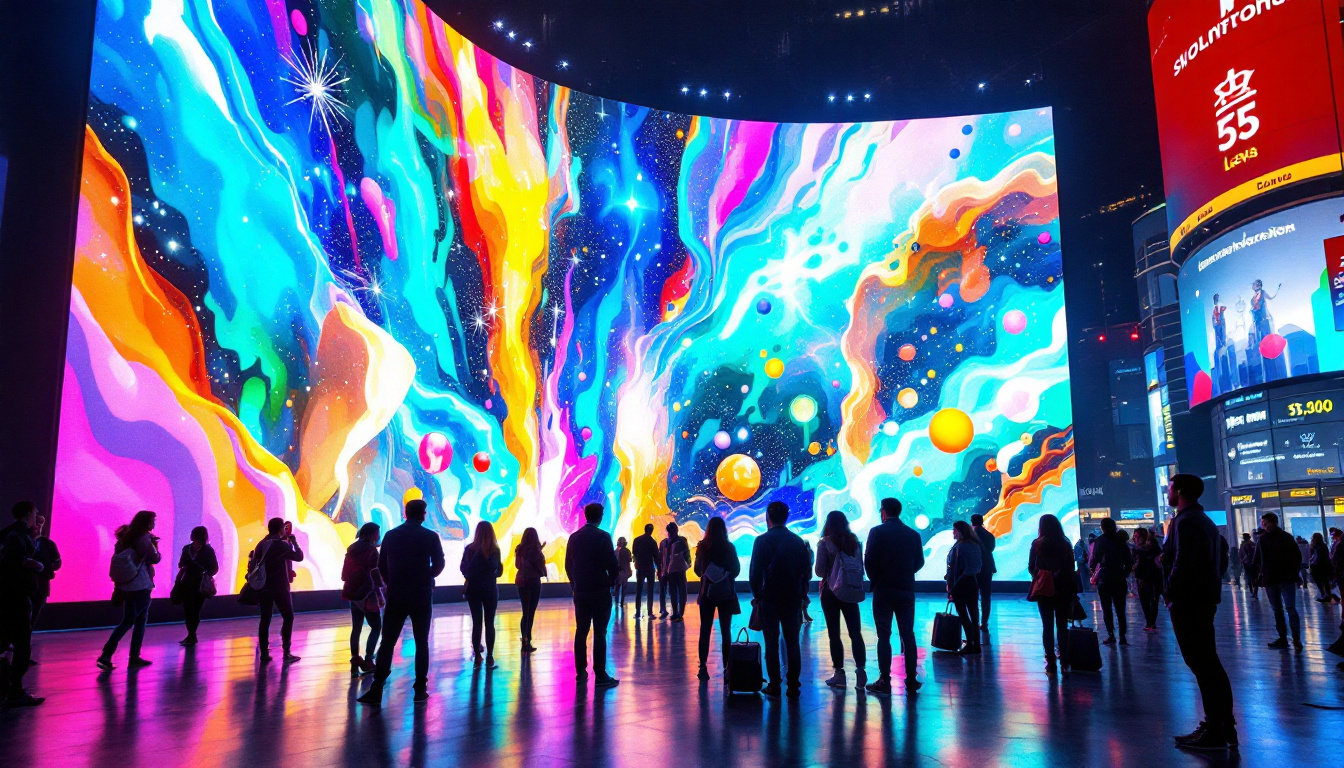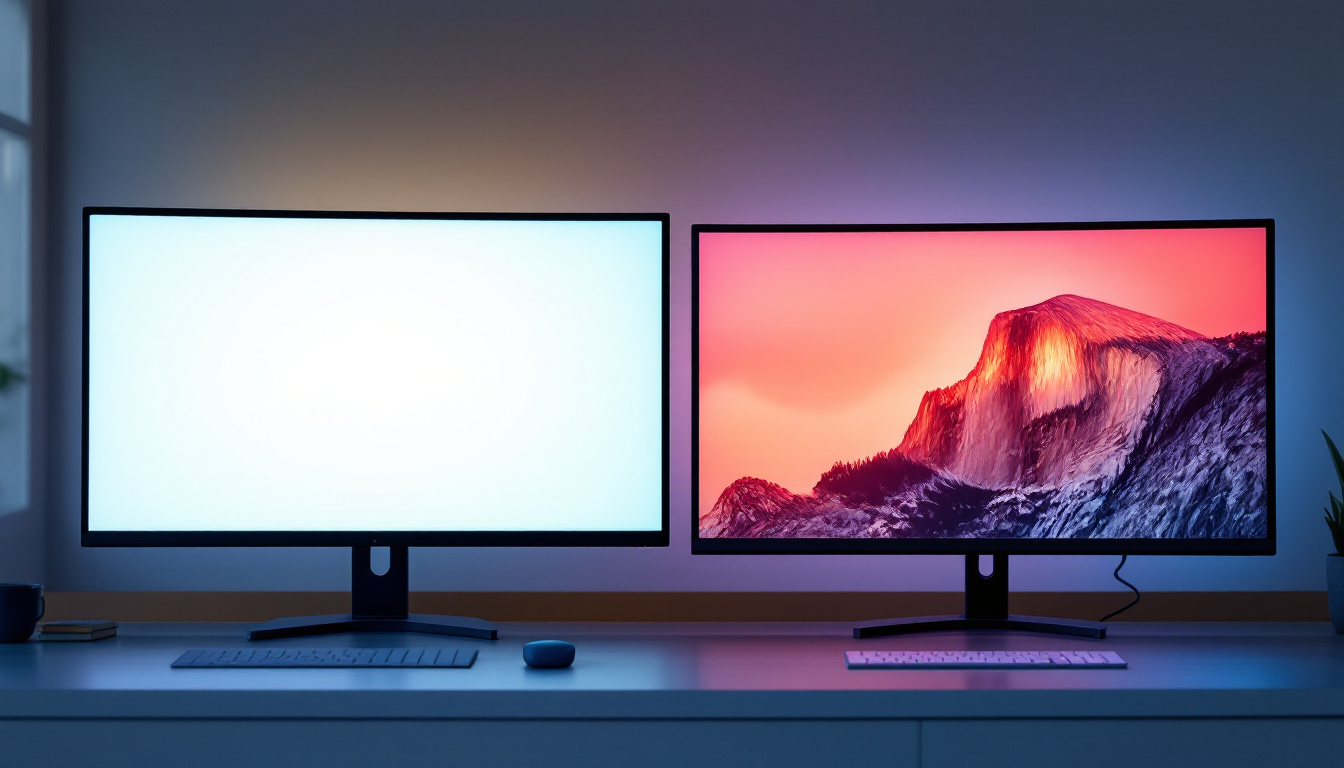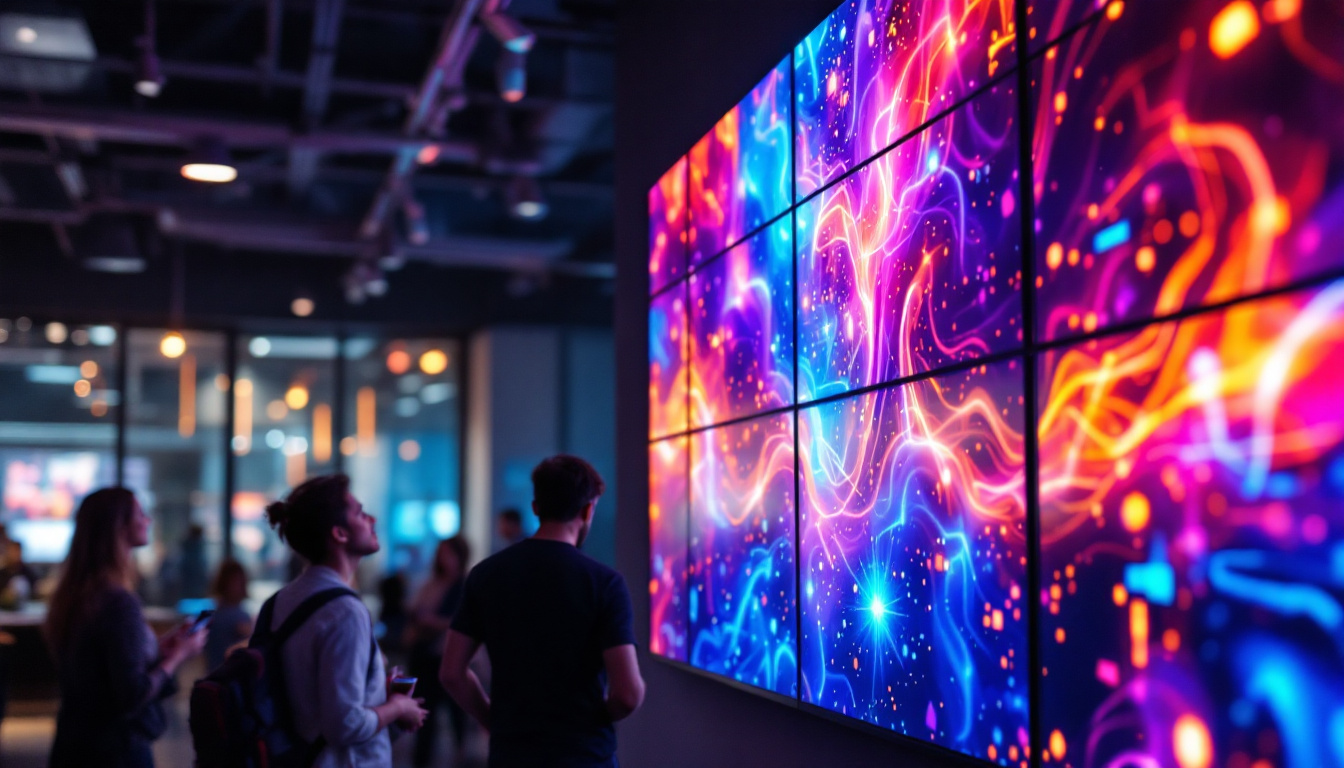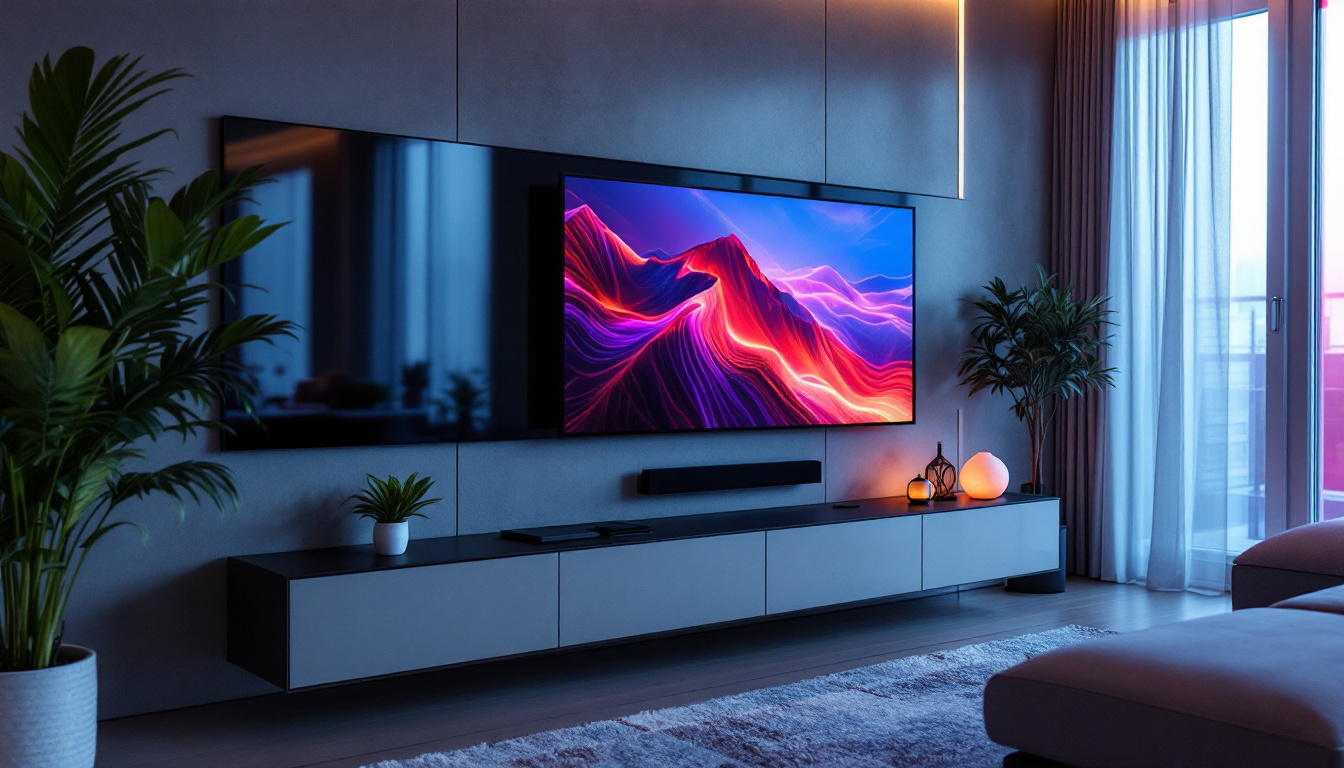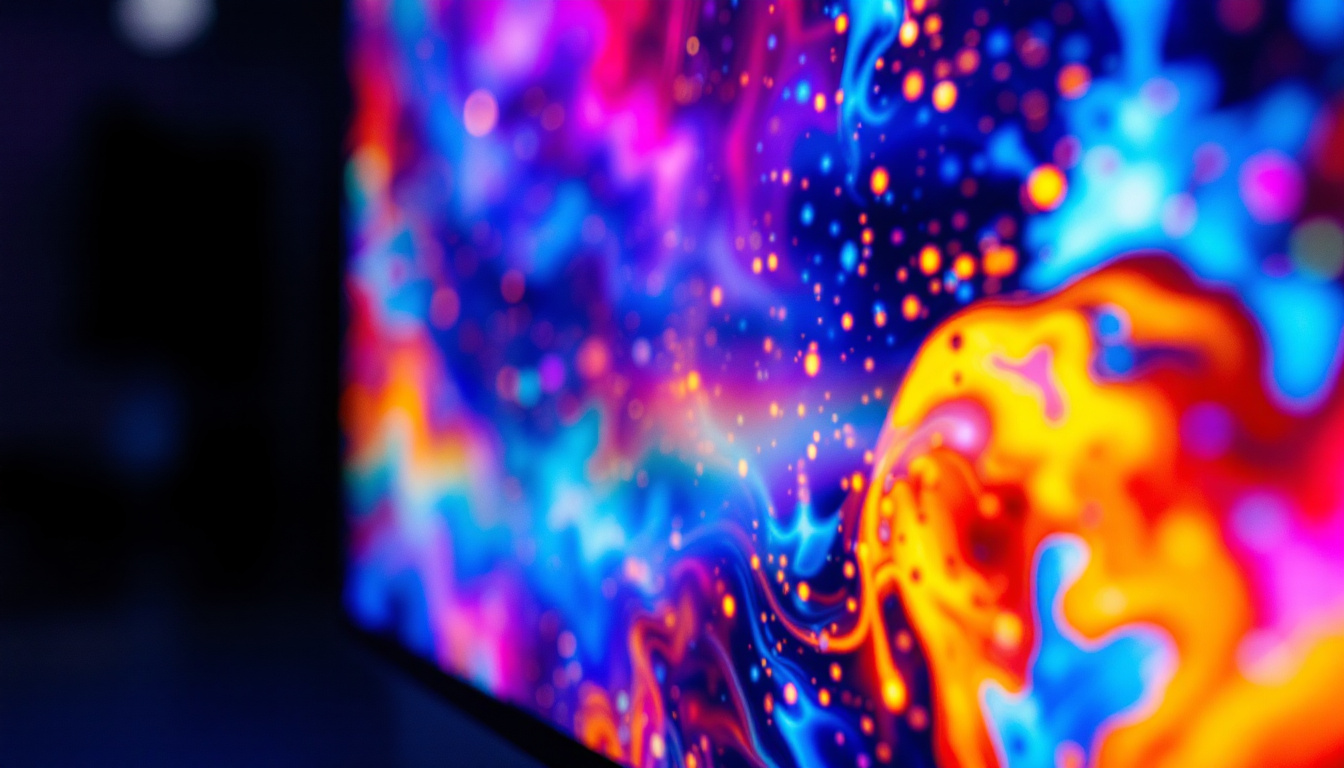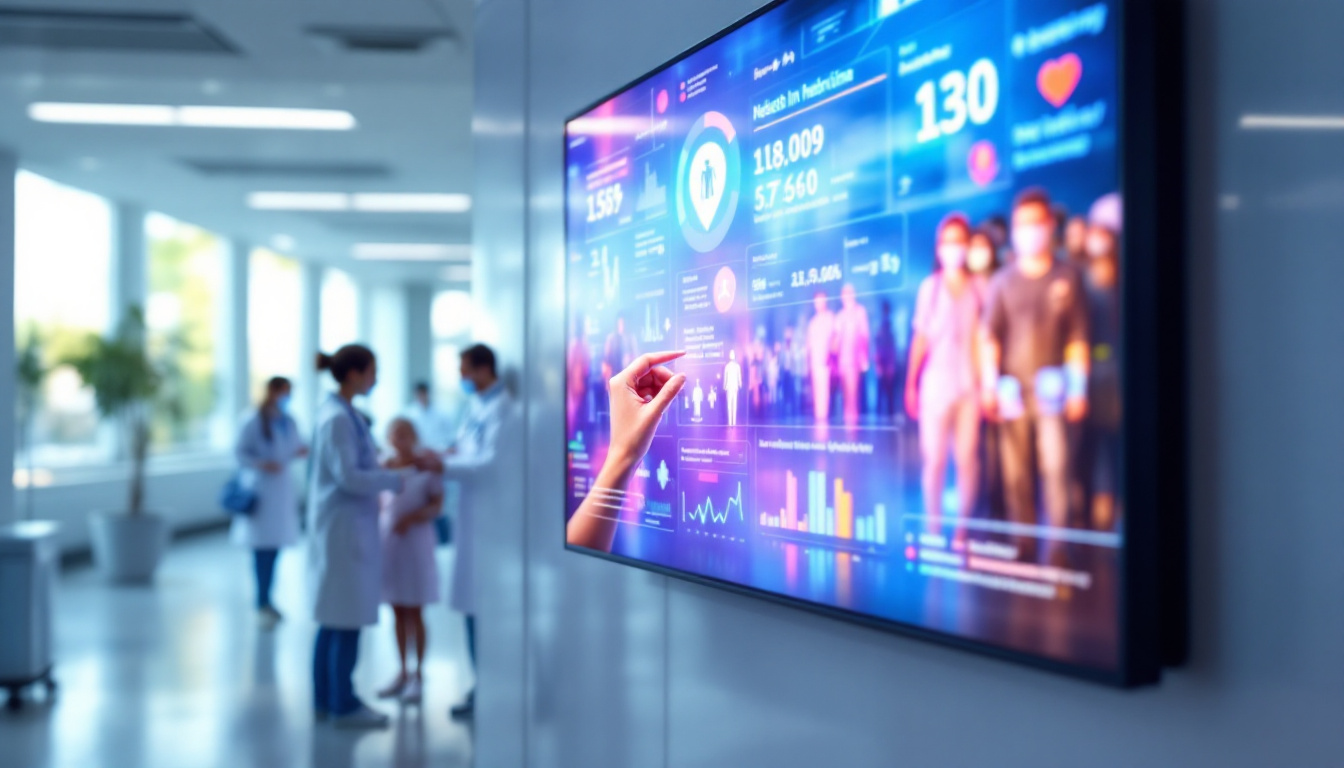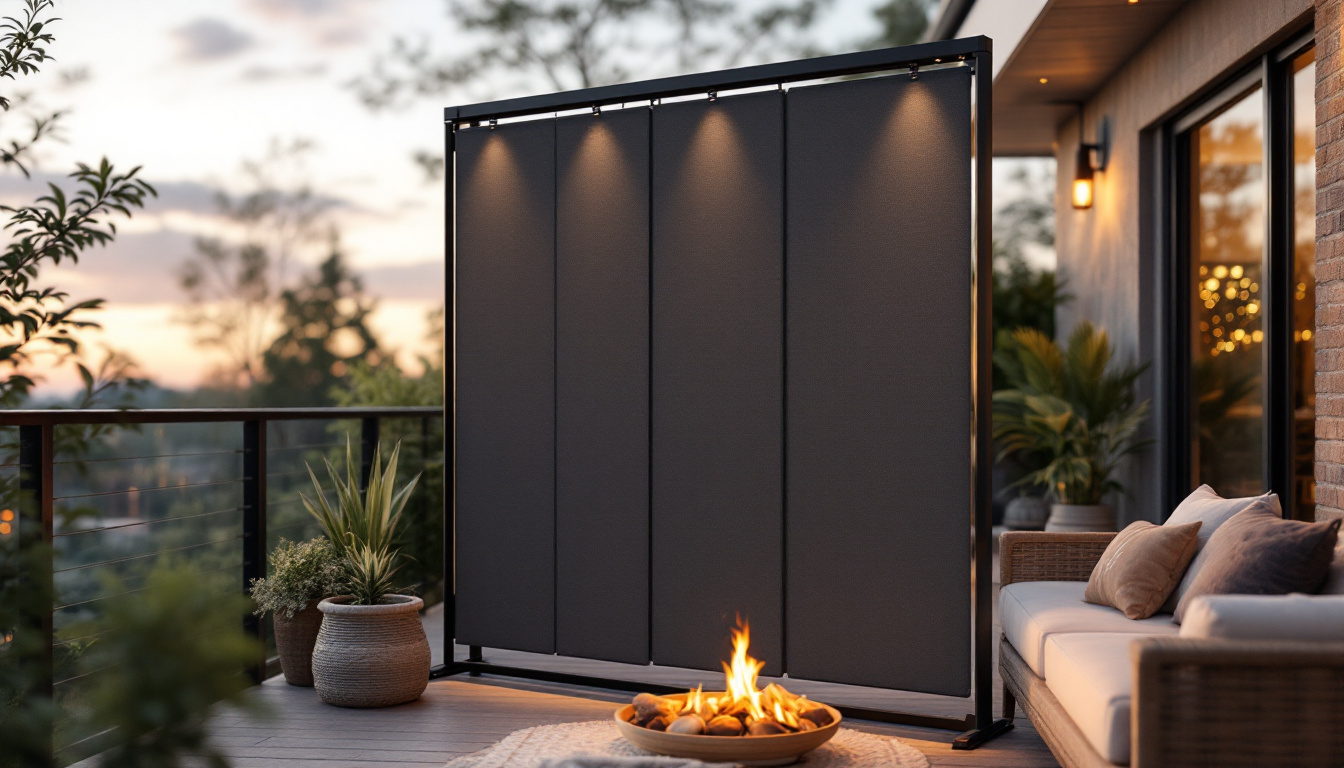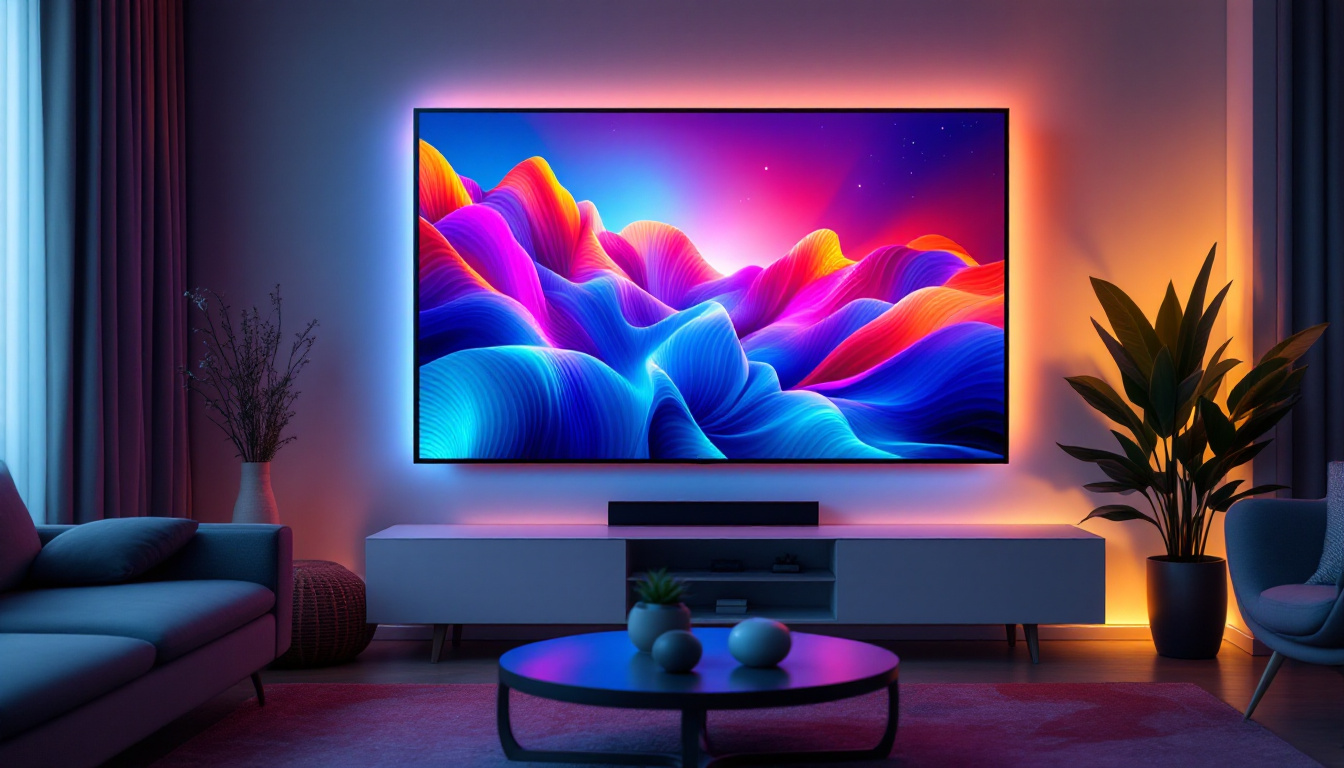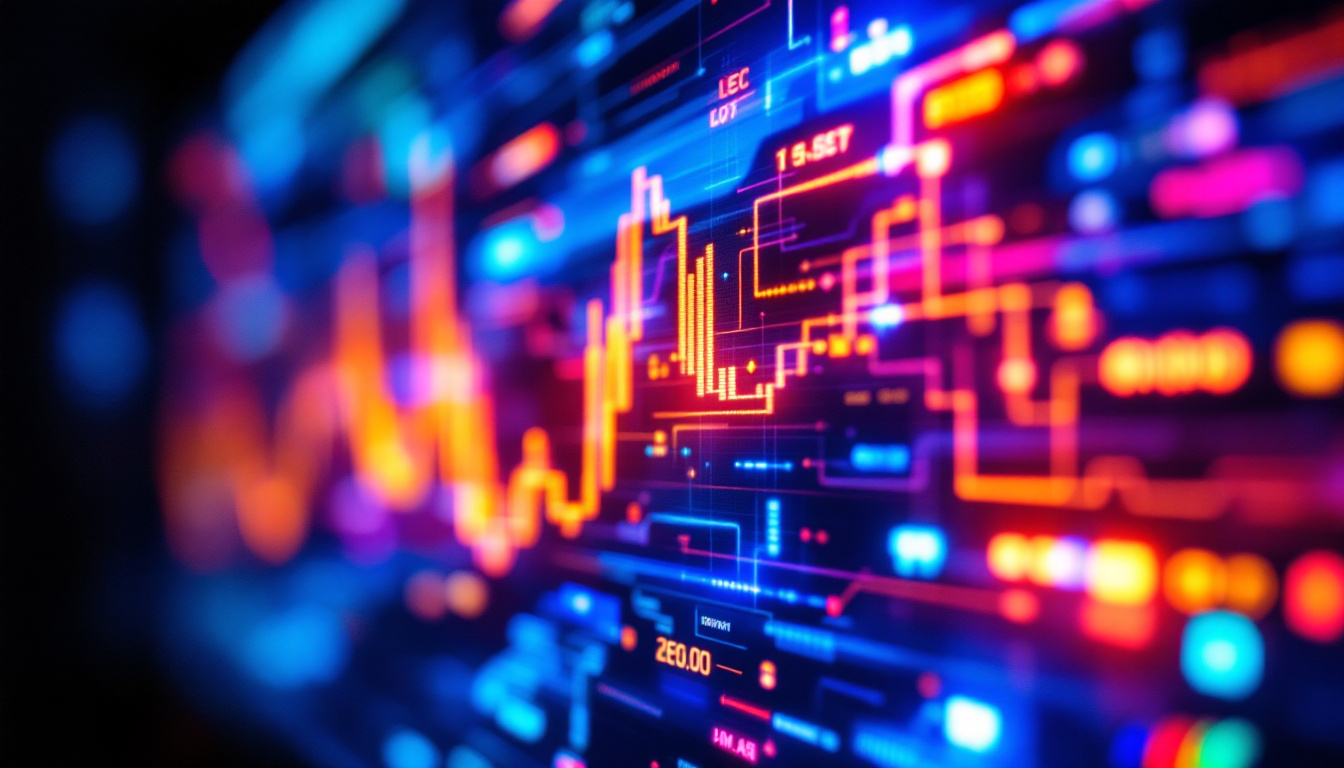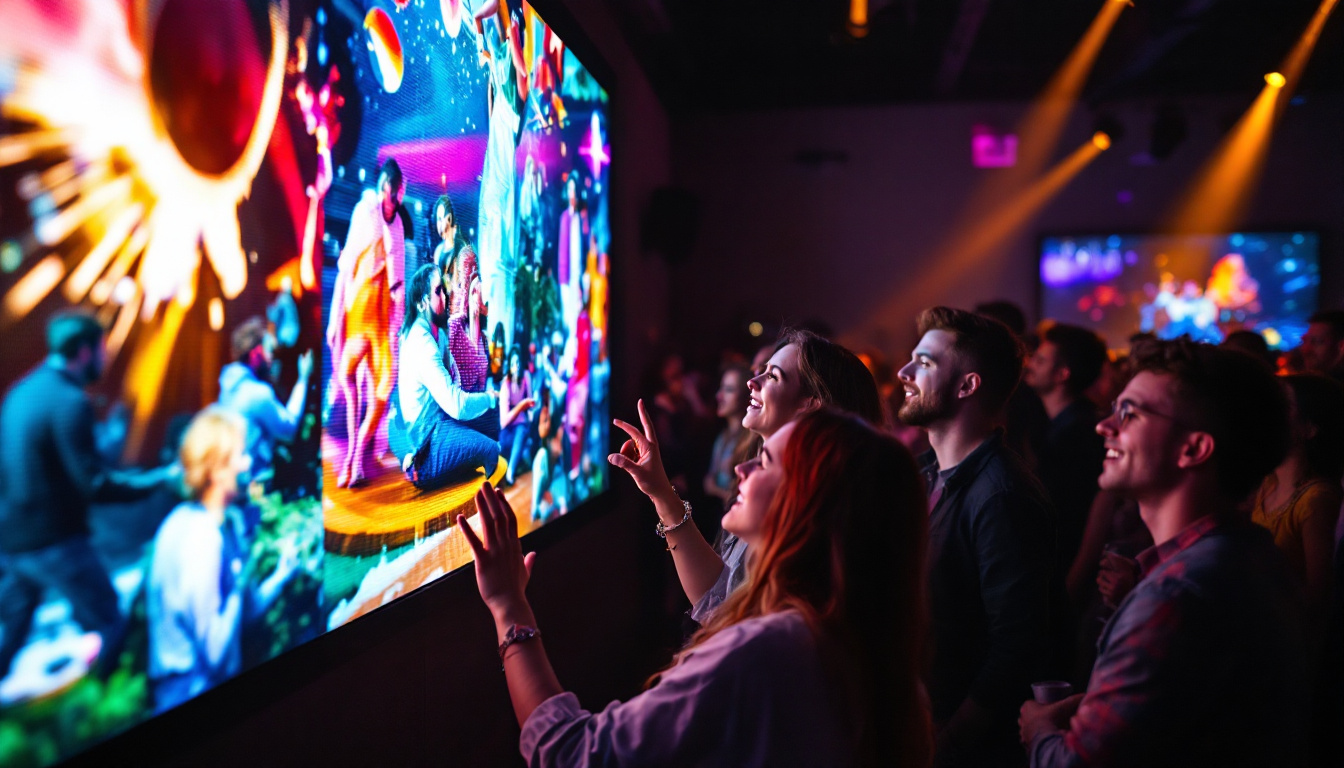Custom LED Screens: LED Display Explained
In the modern world, visual communication plays a pivotal role in engaging audiences and conveying messages effectively. Among the various technologies available, LED displays have emerged as a popular choice for businesses, events, and advertising. This article delves into the intricacies of custom LED screens, exploring their functionality, applications, and benefits.
Understanding LED Technology
LED, or Light Emitting Diode, technology has revolutionized the way images and videos are displayed. Unlike traditional display methods, LED screens utilize semiconductor materials that emit light when an electric current passes through them. This fundamental difference contributes to several advantages, including energy efficiency, brightness, and longevity. The efficiency of LED technology not only reduces energy consumption but also minimizes heat production, making it a cooler option for prolonged use, which is particularly beneficial in environments where heat buildup can be an issue.
How LED Displays Work
At the core of an LED display are tiny individual diodes that emit light in various colors. These diodes are arranged in a grid pattern, forming pixels that combine to create images. The more pixels an LED screen has, the higher the resolution and clarity of the displayed content. For instance, a screen with a high pixel density can produce sharp images and vibrant colors, making it ideal for detailed graphics and videos. Furthermore, advancements in LED technology have led to the development of RGB (Red, Green, Blue) configurations, allowing for a broader spectrum of colors and more dynamic visual experiences.
LED displays can be categorized into two main types: direct view and backlit. Direct view LED displays consist of individual LEDs that form the entire screen, while backlit displays use LEDs to illuminate an LCD panel. Each type has its unique advantages, depending on the application and environment in which it is used. For example, direct view displays are often favored for their superior contrast ratios and viewing angles, while backlit displays can be more cost-effective for certain applications, providing a good balance between quality and affordability.
Types of LED Displays
LED displays come in various forms, tailored to meet different needs. Some of the most common types include:
- Indoor LED Displays: Designed for close viewing, these displays offer high resolution and brightness, making them suitable for shopping malls, airports, and conference rooms.
- Outdoor LED Displays: Built to withstand harsh weather conditions, outdoor displays are typically larger and brighter to ensure visibility in direct sunlight.
- Transparent LED Displays: These innovative screens allow light to pass through, making them ideal for storefronts and creative installations.
Additionally, there are specialized LED displays such as flexible LED screens, which can be bent and shaped to fit unique designs, making them perfect for artistic installations and unconventional advertising. Another noteworthy type is the high dynamic range (HDR) LED display, which enhances the contrast and color accuracy, providing a more lifelike viewing experience. As technology continues to evolve, the potential applications for LED displays appear limitless, paving the way for even more innovative uses in various industries, from entertainment to education.
Benefits of Custom LED Screens
Custom LED screens offer a plethora of advantages that make them an attractive option for various applications. From advertising to entertainment, the benefits are manifold.
Enhanced Visibility and Brightness
One of the standout features of LED displays is their exceptional brightness. This characteristic ensures that content remains visible even in bright environments. Whether it’s a bustling street or a well-lit conference room, custom LED screens deliver clear and vibrant visuals that capture attention.
Moreover, the ability to adjust brightness levels allows for optimal viewing experiences in different settings. This flexibility is particularly beneficial for outdoor displays, which must contend with varying light conditions throughout the day.
Energy Efficiency
In an era where sustainability is paramount, LED technology stands out for its energy efficiency. Compared to traditional display technologies, LED screens consume significantly less power, resulting in lower energy bills and a reduced carbon footprint. This efficiency not only benefits businesses economically but also aligns with environmentally conscious practices.
Versatility and Customization
Custom LED screens can be tailored to fit specific requirements, making them versatile for a wide range of applications. From size and shape to resolution and pixel pitch, businesses can create displays that align perfectly with their branding and messaging needs. This level of customization ensures that the display not only serves its functional purpose but also enhances the overall aesthetic of the environment.
Applications of Custom LED Screens
The versatility of custom LED screens allows them to be used in various settings, each with unique requirements and objectives. Here are some prominent applications:
Advertising and Marketing
In the competitive world of advertising, capturing attention is crucial. Custom LED screens provide a dynamic platform for businesses to showcase their products and services. With the ability to display high-resolution videos and animations, these screens create engaging advertisements that resonate with audiences.
From billboards to digital signage in retail stores, LED displays enable brands to communicate their messages effectively. The flexibility to change content quickly allows businesses to adapt their marketing strategies in real-time, maximizing their impact.
Events and Entertainment
Custom LED screens have become a staple in the events industry, enhancing the overall experience for attendees. Whether it’s a concert, conference, or sports event, these displays provide vibrant visuals that captivate audiences. They can be used for live streaming, showcasing presentations, or displaying event information.
Moreover, the immersive experience created by large LED screens can elevate any event, making it memorable for participants. The ability to integrate sound and lighting effects further enhances the overall atmosphere, creating a cohesive experience.
Corporate and Educational Use
In corporate settings, custom LED screens are utilized for presentations, training sessions, and internal communications. Their high visibility ensures that information is easily accessible to all participants, regardless of the room size.
Educational institutions also benefit from LED technology, using these screens in classrooms and auditoriums. The engaging visuals can aid in teaching complex concepts, making learning more interactive and enjoyable for students.
Choosing the Right Custom LED Screen
Selecting the appropriate custom LED screen involves several considerations to ensure it meets the specific needs of the application. Here are key factors to keep in mind:
Resolution and Pixel Pitch
The resolution of an LED screen is determined by its pixel pitch, which refers to the distance between individual pixels. A smaller pixel pitch results in higher resolution and sharper images, making it suitable for close viewing. For outdoor displays viewed from a distance, a larger pixel pitch may suffice.
Understanding the viewing distance and the intended use of the display is essential in determining the right resolution. For instance, a display used in a large stadium may not require the same resolution as one in a small conference room.
Size and Configuration
The size of the LED screen should align with the intended application and the available space. Custom screens can be designed in various shapes and sizes, allowing for creative configurations that fit seamlessly into the environment.
Consideration of the installation location is also crucial. For example, outdoor displays must be designed to withstand weather conditions, while indoor screens may prioritize aesthetics and integration with existing decor.
Budget and Maintenance
Budget constraints play a significant role in the selection process. Custom LED screens can vary widely in cost based on factors such as size, resolution, and features. It’s important to balance quality with budgetary limitations to find a solution that meets both performance and financial requirements.
Additionally, maintenance considerations should not be overlooked. Choosing a reputable manufacturer with reliable support and warranty options can ensure the longevity and performance of the display.
Future Trends in LED Display Technology
The LED display industry is continually evolving, with new technologies and trends emerging to enhance performance and user experience. Some notable trends include:
Advancements in MicroLED Technology
MicroLED technology represents a significant leap forward in display technology. By utilizing microscopic LEDs, this innovation offers improved brightness, color accuracy, and energy efficiency. MicroLED displays are also modular, allowing for customizable configurations that can be adapted to various applications.
This technology is expected to gain traction in both consumer and commercial markets, providing an exciting glimpse into the future of visual displays.
Integration with Augmented and Virtual Reality
As augmented reality (AR) and virtual reality (VR) technologies continue to develop, the integration of LED displays with these immersive experiences is becoming increasingly common. Custom LED screens can enhance AR and VR applications by providing realistic visuals that complement virtual environments.
This convergence opens up new possibilities for entertainment, education, and training, creating engaging experiences that blur the lines between the physical and digital worlds.
Focus on Sustainability
With growing awareness of environmental issues, the LED display industry is placing a greater emphasis on sustainability. Manufacturers are exploring eco-friendly materials and production processes, as well as energy-efficient technologies that minimize environmental impact.
As consumers and businesses prioritize sustainability, the demand for environmentally responsible LED solutions is expected to rise, shaping the future of the industry.
Conclusion
Custom LED screens have transformed the landscape of visual communication, offering unparalleled brightness, versatility, and energy efficiency. From advertising to events and corporate use, these displays provide dynamic solutions that engage audiences and convey messages effectively.
As technology continues to advance, the potential applications for custom LED screens will only expand, paving the way for innovative uses in various industries. By understanding the intricacies of LED technology and making informed decisions, businesses can harness the power of custom LED displays to enhance their communication strategies and elevate their brand presence.
Discover LumenMatrix’s Innovative LED Solutions
Ready to elevate your visual communication strategy with cutting-edge LED technology? Explore LumenMatrix’s comprehensive range of LED display modules, from vibrant Indoor and Outdoor LED Wall Displays to dynamic Vehicle and Sports LED Displays. Whether you need a captivating LED Poster Display, an interactive Floor LED Display, or a Custom LED solution tailored to your unique vision, LumenMatrix has you covered. Experience the future of digital signage and create unforgettable visual experiences with our All-in-One and Transparent LED Displays. Check out LumenMatrix LED Display Solutions today and transform the way you engage with your audience.

